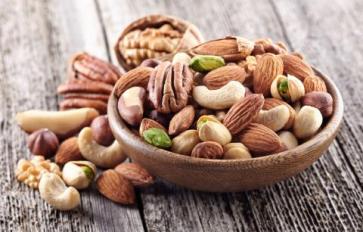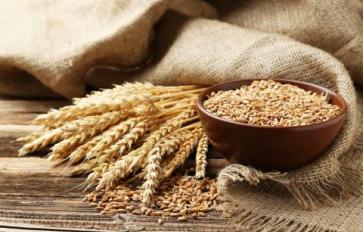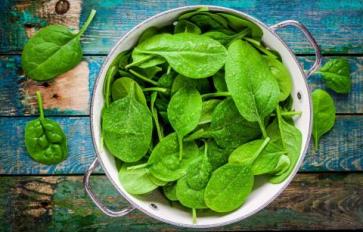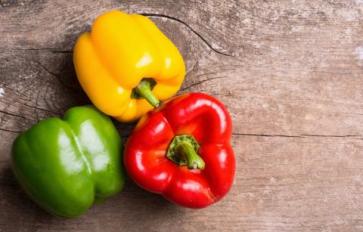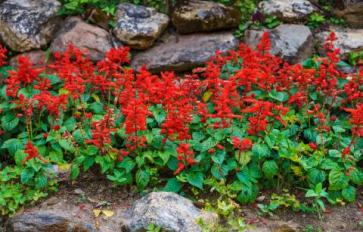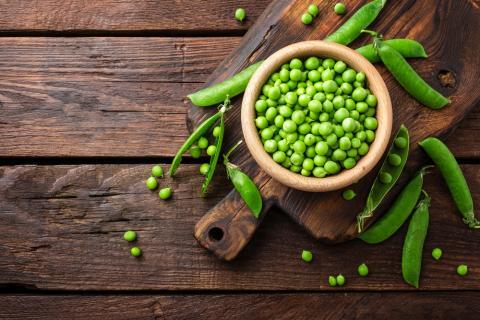
Peas are a member of the family Fabaceae or Pea family of the genus Pisum L. or pea P containing the species Pisum sativum L. or garden pea P. Residue of peas were found in the teeth of Neanderthal dating to approximately 46000 years ago and it is believed peas were used as a staple food about 23000 years ago and domesticated about 11000 years ago. They are a genetically complicated plant and it has yet to be determined how they were domesticated. The pea first was cultivated in Jerf el Ahmar, Syria, approximately 9300 B.C.E and was specifically chosen for its soft shell and that it ripens during the wet season. Because peas were not favored by the Romans the plant had a slow migration into Europe and was considered a food consumed during Lent in the Middle Ages. The plant made its way to the New World with the Pilgrims who ate them during their long journey to America and it became one of their first crops.
What Do Peas Look Like?
- Peas are a vine that enjoys cool temperatures and can mature to a length of nine feet. The stem of the plant is hollow and needs to be supported.
- The plant produces compound leaves that grow alternately with two large stipules or lifelike growths at the base of the leaf stem.
- The blooms grow from five, green, fused staples and produce five petals that can be purple, pink, or white in color.
- The petals vary in size with the two middle petals that are fused together forming a boat and are called a “keel.” The top petal is the largest and the two smaller petals at the base are called “wings.”
- The plant produces a pod that matures from one to four inches in length containing a rough inner membrane.
- The seeds can be round, smooth, or wrinkled and vary in color to include green, yellow, brown, reddish orange, beige, dark purple, or spotted.
Health Benefits Of Peas:
Peas are rich in nutrients that include vitamins A, C, and B6. Minerals found in peas include calcium, magnesium, potassium, and iron. Also found in peas are protein, sugar, and dietary fiber. They are low in calories and the fiber satisfies the appetite, making peas an excellent food for those individuals on a weight loss diet. The protein content of peas is an excellent alternative to meat, reducing the risk of developing cardiovascular diseases and the incidence of heart attack and stroke. Peas are also a cancer preventing food and studies have shown that this is due to their antioxidant and phytochemical content. Peas are a good food for preventing the development of diabetes as they slow the release of glucose into the blood and absorption during digestion. Peas are also advised for individuals with celiac disease as they are a gluten-free protein source. Peas also contain vitamin K that will prevent the development of Alzheimer’s disease.
How To Grow Peas
To grow peas they should be planted in soil that has been turned, fertilized, and treated with plant food in the fall. Seed should be sown outdoors four to six weeks before the last spring frost and placed in the ground one inch deep, two inches apart. The rows should be spaced approximately twelve to twenty-four inches apart. Include a trellis for support as the plant vines.
Peas do not like wet soil so if the ground tends to maintain water it is advised to plant in raised beds. Harvest the pods as they mature to ensure continued production. Use two hands: one to hold the stem and the other to remove the pod as not to damage the plant. Planting can be repeated in late summer or early fall, about six to eight weeks before the first frost.
Eating Peas
Peas can be used in several ways. They can be eaten raw in salads or as a snack. They are excellent steamed and served as a side dish. They can be stir-fried as an ingredient in Asian dishes. Peas are used as an ingredient in soups and stews. They can be frozen and do not need to be thawed to be used. There are also dry varieties that store for a long time and split peas for soups and other recipes.
Recipes Featuring Peas
Looking for more inspiration to incorporate peas into your diet? Try one of these recipes!
- Have you ever thought to puree peas, add cheese and seasonings, and mix into pasta noodles? You’ll wonder why you never tried it sooner when you make this Pasta With Light & Creamy Whipped Pea Ricotta Sauce.
- This Za’atar Peas Salad With Couscous features a Middle Eastern flavor with the spices, couscous, and chickpeas, and the peas and radishes add fresh crispness. Garnish with edible flowers for a visually stunning dish, or gently mix in cubed tofu or chicken to amp up the protein and make it a meal.
- Remember that famous boxed casserole “Helper” you ate as a kid? It gets a vegan twist with this Noodles & Green Pea Casserole—and yes, vegan means healthy here…the nutrition gets a boost from the added spinach, celery, jalapeno, and whatever other veggies you add in!
- Skip the takeout from your favorite Thai restaurant and customize this Spicy Thai Curry Veggies With Tofu—we recommend green peas, bell pepper, and eggplant, but make it your own!
- This isn’t your usual mayonnaise-filled store-bought Potato Salad…instead, it features superstars like spinach, green peas, avocados, and tomatoes. (Looking for a sweet potato salad? Check out this recipe.)
- Celebrate summer with this Pea Zucchini Mint Pasta dish! It’s refreshing and light and can be served warm or cold—so leftovers aren’t a problem.
- Don’t limit your pea recipes to only those that feature the little green peas in the pod! The cute little pea shoots make delicious Pea Shoot Pesto.
- Turn Mac & Cheese both vegan and healthy with the addition of peppers, carrots, and peas.
- Warm and filling but full of nutrition, this Healthy Carrot Soup comes together in 4 easy steps.




